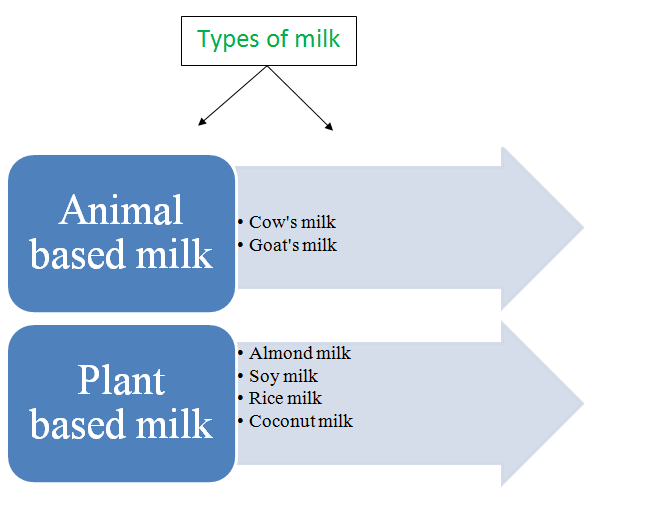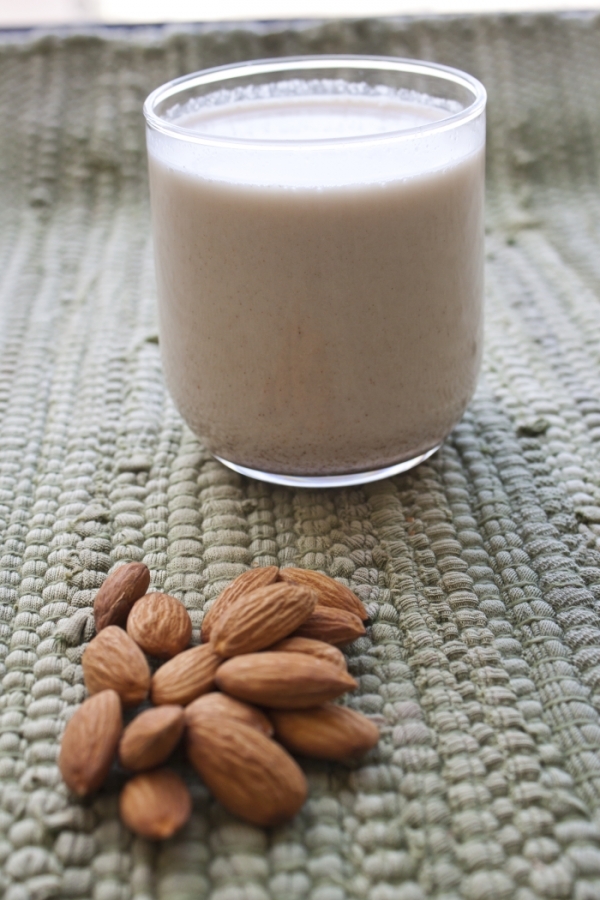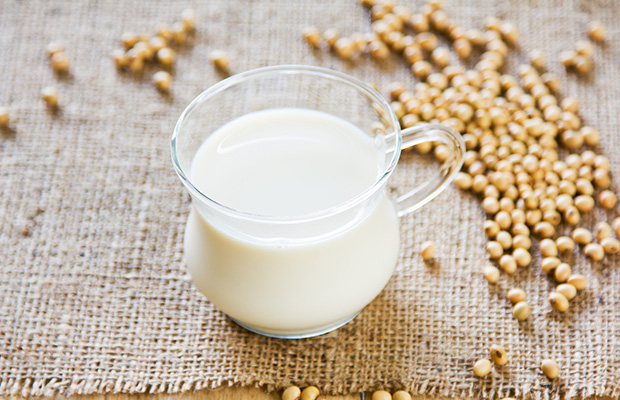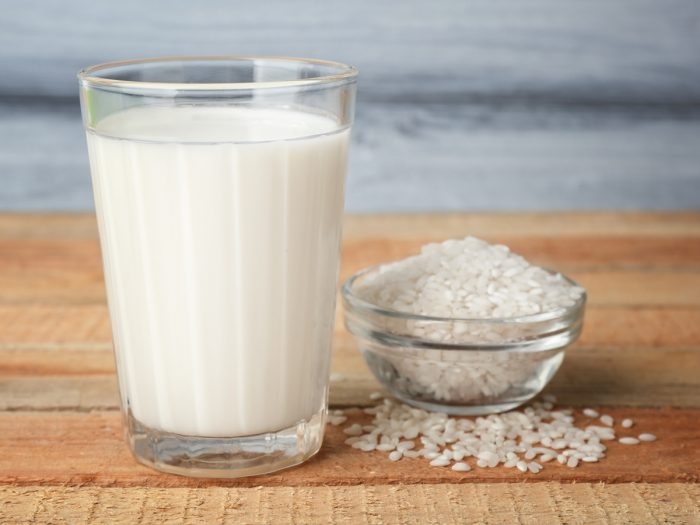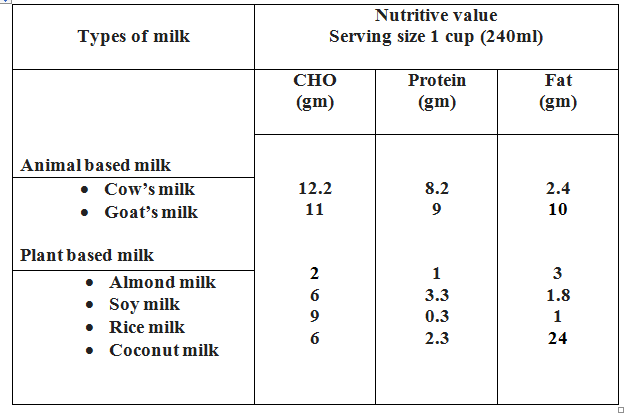Spices not only just excite your taste buds but are also composed of an impressive list of phytonutrients, essential oils, antioxidants, minerals and vitamins that are essential for overall wellness. Spices come from a variety of tropical plant and tree parts, such as seeds, fruits, roots, buds, stems and barks. Spices have been an integral part of our food for centuries, and today, become even more relevant in preserving good health as their popularity has widened and usage reached almost all the households on the planet!
Classification of Spices
Spices can be categorized botanically according to their source as follows:
- Leaves of aromatic plants: Examples include bay leaf, rosemary, thyme, etc.
- Fruits or seeds: Examples include fennel, nutmeg, coriander, fenugreek, mustard, and black pepper, etc.
- Roots or bulbs: Examples include garlic, turmeric, ginger, etc.
- Bark: Cinnamon, Cassia, etc.
In this post, you will learn about the various healthy spices along with their nutrition facts and health benefits:
Cardamom – ஏலக்காய்
Cardamom is a seed pod, known for centuries for its culinary and medicinal properties. There are two kinds of cardamom used in Indian cooking: green and black. Green is the more common variety, used for everything from spice mixes to lassies to Indian desserts. Green cardamom can be blended whole when making spice mixes, like garam masala, however, when using them in sweets or desserts, you would pop the pod open and lightly crush the fragrant black seeds before using.
Black cardamom, on the other hand, is very powerful and smoky and needs to be used with a lot of caution. Normally only the seeds would be used, and if using the whole pod, it’s best to pull it out before serving the dish, as it can be very spicy to bite into.
Nutrition facts
- Cardamom is rich in various vitamins and micronutrients as well. These include niacin, pyridoxine, riboflavin, thiamine, vitamin A & C, sodium, potassium, calcium, copper, iron, manganese, phosphorus and zinc.
Benefits of cardamom
- Helps improve cardiovascular health
- Aids in improving blood circulation
- Treats nausea, sore throat, vomiting and hiccups
- Reduces risk of colorectal cancer
- Helps to cure stomach disorders
Clove – கிராம்பு
Clove is a common spice in Indian cooking and it’s easily recognizable in many Indian preparations. The strong, almost medicinal flavour of clove comes from the concentration of essential oils. Cloves are technically flowers, and a lot of their oils are pressed out before they are dried and used in cooking. Cloves can be used whole or blended into spice mixes.
Nutrition facts
- Minerals in cloves include calcium, iron, magnesium, phosphorous, potassium, sodium and zinc
- The vitamins found in them include vitamin C, thiamine, riboflavin, niacin, folate, vitamin B6, vitamin B12, vitamin A, vitamin E, vitamin D, and vitamin K
Benefits of clove
- Helps to control blood sugar levels
- Protects liver against infections
- Prevents bone erosions
- Gives relief from inflammation & pain
- Helps to cure oral diseases like gingivitis & periodontitis
Cinnamon – இலவங்கப்பட்டை
Cinnamon is one of the highly prized items that have been in use since ancient times for its fragrance, medicinal and culinary properties. This delightfully exotic, sweet-flavoured spice is traditionally obtained from the inner brown bark of Cinnamomum trees. Cinnamon is used mainly as an aromatic condiment and flavouring
Nutrition facts
- Cinnamon contains vitamins and minerals that help to maintain good health. They contain nutrients which include water, protein, fibre, sugar, vitamins, and minerals. It also contains a very low level of fat
- Minerals such as calcium, iron, sodium, potassium, magnesium, phosphorous and zinc are found in cinnamon. In terms of vitamins, they contain vitamin C, vitamin B6, folate, niacin, and riboflavin. It also contains vitamin A, D, E and K
Benefits of cinnamon
- Prevents coronary artery disease and high blood pressure
- Removes blood impurities and improves blood circulation
- Controls blood sugar in diabetics
- Relief from menstrual discomfort and cramping
- Provides relief from the stiffness of muscles and joints
Black pepper – கருமிளகு
Black pepper is the fruit of the black pepper plant from the Piperaceae family and is used as both a spice and medicine. It is regarded as the “king of spice,” black pepper is an incredibly popular spice since ancient times. It is not a seasonal plant and is, therefore, available throughout the year. When dried, this plant-derived spice is referred to as a peppercorn. Because of its antibacterial properties, pepper is used to preserve food. Black pepper is also a very good anti-inflammatory agent.
Nutrition facts
- Black pepper is a rich source of minerals like manganese, copper, magnesium, calcium, phosphorus, iron, potassium, and vitamins like riboflavin, vitamin C, K and B6.
- It has a high content of dietary fibre and has a moderate amount of protein and carbohydrates too.
Benefits of Black pepper
- It aids in weight loss and cures vitiligo
- Provides respiratory relief
- It prevents earaches and gangrene
- Reduces risk of cancer, cardiovascular and liver ailments
- Improves cognitive function
Cumin – சீரகம்
Cumin (Cuminum cyminum) is a flowering plant which belongs to the family Apiaceae. Cumin seeds are extensively used as a condiment or a spice in culinary practices of the Indian Subcontinent and some other Asian, African and Latin American countries. Both whole and ground cumin is used as a staple in various dishes due to its distinct warm and earthy flavour. Because of its strong aroma, only a small amount of cumin essential oil is used in recipes to provide them with a powerful punch. Both cumin and cumin essential oil boasts a number of important nutrients that can help keep you healthy.
Nutrition facts
- Cumin is an excellent source of iron, manganese, magnesium, calcium, phosphorus, thiamine, riboflavin, niacin and vitamin A, C, E, K, B1and B6
- It contains minerals such as copper, zinc, and potassium
- It is also rich in protein, amino acids, carbohydrates and dietary fibre
- It is very low in saturated fats, sodium, and cholesterol.
Benefits of Cumin
- Regulates digestion
- Beneficial for lactating mothers
- Cures piles
- Improves memory
Coriander Seeds – கொத்தமல்லி விதைகள்
Coriander is probably the most universal of spices in the Indian spice rack. It is one of the oldest-known spices in the world, and it’s characterised by its golden-yellow colour and gently ridged texture. The seeds are very aromatic with citrus notes. Whole coriander is used as a base for many spice mixes, and ground coriander is one of the most commonly used ground spices in Indian cuisine. It is a very popular ingredient in Asian dishes and curries, but they are also used in the making of sausage, stew, soup, bread, and in pickling vegetable. Some people even use coriander seed in the process of brewing beer.
Nutrition facts
- Coriander seeds are packed with nutrients, including high levels of dietary fibre, antioxidants, B vitamins, vitamin C, potassium, manganese magnesium, iron, zinc and calcium
- These seeds also provide a moderate amount of protein and fat and the smell of coriander comes from its antioxidants and volatile oils, which include linoleic acid, oleic acid, Linalool, alpha-pinene, and terpene, among others.
- Reduces cholesterol levels & high blood pressure.
Benefits of coriander
- Reduces cholesterol levels & high blood pressure
- Promotes healthy bones
- Beneficial for diabetics
- Prevents conjunctivitis and macular degeneration
- Gives relief from anaemia
Fenugreek seeds – வெந்தய விதைகள்
- Fenugreek is an annual plant that is also known as methi in many parts of the world. The seeds are yellowish and look like tiny wheat kernels. It can be used for three distinct purposes: The leaves can be dried and used as herbs, the seeds can be ground into a spice, and the plant matter itself can be used as a vegetable, like sprouts and micro greens.
Nutrition facts
- It contains a variety of beneficial nutrients, including iron, magnesium, manganese, and copper, as well as vitamin B6, protein, and dietary fibre
- Fenugreek also contains a number of powerful phytonutrients, including choline, trigonelline, yamogenin, gitogenin, diosgenin, tigogenin, and neostigogenins.
Benefits of fenugreek
- Lowers risk of heart ailments, dyslipidemia & kidney problems
- Relieves constipation
- Controls diabetes
- Good for lactating mothers
- Minimizes symptoms of menopause
Nutmeg and Mace – ஜாதிக்காய் மற்றும் ஜாதிக்காய் தோல்
- These spices nutmeg and mace are used a lot in Indian cooking. Mace is the dark-red outer covering of the nutmeg. Fresh nutmeg is processed by removing the pulpy outside and sliding off the mace. It has a tough outer covering that needs to be cracked off before grating. When dried, mace turns golden-orange and gives stronger in flavour than nutmeg. In our diet, they can usually be interchanged when preparing sweet dishes.
Nutrition facts
- The nutritional profile of this spices contains vitamin A & C, iron, calcium, copper, iron, manganese, dietary fibre, B vitamins
- The spice has a small amount of fat, and a high concentration of volatile acids and antioxidants, such as myristicin, carotenoids, Linalool, pinene, cineole, and eugenol etc.
Benefits of nutmeg & mace
- Boosts digestive and bone health
- Helps to dissolve kidney stone
- Reduces skin inflammation & irritation
- Provides relief from insomnia
Mustard – கடுகு
Mustard is a versatile cruciferous vegetable which belongs to the Brassica family just like broccoli and cabbage. Mustard seeds can be yellow, black, or brown and are used interchangeably in Indian cooking. The flavour of mustard seeds is released when they are crushed or cooked in oil. Their smoky, nutty flavour is a staple in curries and curry powders, and mustard oil is commonly used in the North of India.
Nutrition facts
- Seeds of its plant are a rich source of minerals such as calcium, magnesium, phosphorous and potassium
- Along with this, it is a good source of dietary folate and vitamin A as well. Mustard greens or leaves of mustard plants are an excellent source of essential minerals including potassium, calcium and phosphorous and vitamin A, K and C
- It is also a good source of magnesium and dietary fibre
Benefits of mustard
- Reduces risk of cancer and cardiovascular diseases
- Aids in managing diabetes and cholesterol levels
- Relief from respiratory disorders
- Helps in curing pains and spasms
- Effective in treating psoriasis and chronic bronchitis
Turmeric – மஞ்சள்
Turmeric is another common Indian spice and it’s closely related to the other members of the ginger family. This also makes it a popular ingredient in soups, sauces, curries, meat dishes, biscuits, rice preparations and as general spice flavouring for dozens of other cultural dishes and specialities. The flavour of fresh turmeric is slightly stronger than dried, and it stains very easily, so make sure you are careful with your clothes and utensils while using it.
Nutrition facts
- Turmeric is one of the most nutritionally rich herbs. It contains good amounts of protein, vitamin C, calcium, iron, dietary fibre and sodium
- It also provides a rich supply of antioxidants, vitamin B6, potassium, magnesium, and manganese
Benefits of turmeric
- Helps in reducing stress and depression and maintaining heart health
- Useful for treating gastrointestinal disorders
- Helps to detoxify the body
- It helps to prevent cystic fibrosis and cancer
- It reduces menstrual pain and gives relief from nausea, fatigue, pelvic pain and cramps.
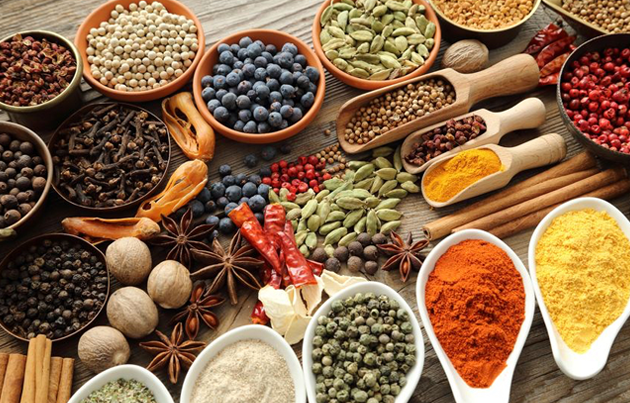
- To summarise, the above-discussed spices provide innumerable benefits to our health and should be used in our daily cooking. Besides adding flavour and taste to dishes, they help prevent and alleviate various health problems. Instead of salt, you can choose one or more of these spices to replace it with various dishes like stew and soups, fruit and vegetable smoothies, salads, meat and seafood.
- “Adding flavour with spices makes food taste better and adding spices to foods makes it easier to reduce added sugars, excess salt and saturated fats without reducing appeal”.
Live Life With A Little Spice!
